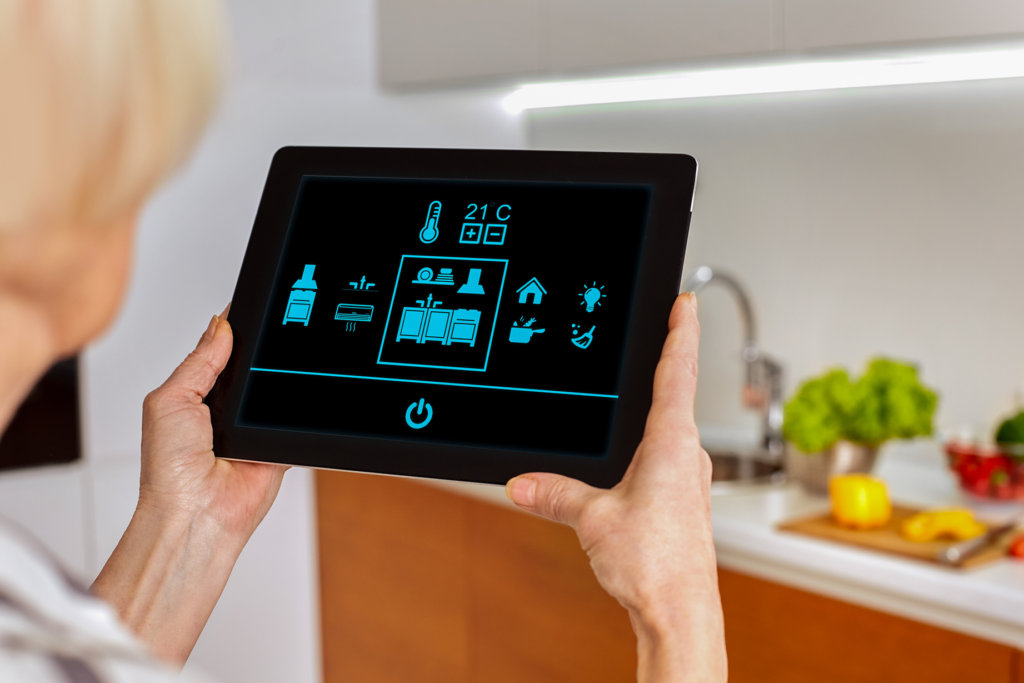COVID-19 has undoubtedly changed the way we live, work, play and function within our communities. Although a sense of normalcy has returned to daily life, the ramifications from the pandemic and subsequent lifestyle changes continue to drive development and design trends in the seniors housing industry.

Older adults, now more than ever, are prioritising amenities and functionality that improve their quality of life and ability to age in place safely and comfortably.
From affordable housing to market-rate senior living communities, here are a few key trends we expect to take priority this year:
Mail/Delivery rooms for the modern lifestyle
Throughout the pandemic, multifamily communities across the country grappled with a significant increase in package deliveries. In response, mailrooms are no longer just a space of function, but rather an essential element to accommodate modern lifestyles, especially for older adults.
Senior residences are now expected to have spacious, multi-functioning mailrooms with areas for large and small packages, prepared meals, refrigerated grocery deliveries, and even concierge staff to manage the increased volume of deliveries.
Changes in design to adapt to online purchasing are not limited just to the mailroom. Many communities are also adding a dedicated delivery bay to better manage courier vans and other deliverers and avoiding conflicts with resident cars and community transportation.
Back-of-house areas for recycling are also undergoing redesign and expansion to accommodate the increase in cardboard boxes and recyclable food packaging.
An emphasis on in-unit amenities
Another post-pandemic impact is an increased focus on in-unit amenities. Increasingly, residents are preferring private over shared outdoor space. Balconies, patios and Juliet balconies all afford residents access to fresh air or a space to cultivate a small garden.
There is a greater emphasis on cooking and dining at home and having space where meals can be enjoyed alongside family and friends. Older adults prefer modern kitchens with pantry storage, higher-end appliances and a dedicated dining space that is more than just a stool at the counter.
This is a significant shift compared to years prior, where kitchen islands were often sufficient for in-unit dining. Dining areas are also doing double-duty as home office space with more older adults working remotely.
Over the years we have seen a shift from large formal dining rooms in residential communities to casual dining. Dining choices now reflect resident preferences for multiple, smaller, indoor and outdoor venues; the inclusion of inhouse coffee shops or grab-n-go selections that rival take-out; and an uptick in providing “room service” for a catered dining experience in-unit.
The most sought-after living spaces for seniors will be built with the understanding that the kitchen remains the heart of the home, even for empty nesters.

Reimagining “pet friendly”
In years past, it was difficult to find a senior living community that was truly pet friendly. If pets were allowed, there were often stringent restrictions around breed and size as well as limitations where they could be within the building. However, these rules have dramatically changed.
It’s well researched that pets enhance both emotional and physical well-being, and senior communities are adopting more pet-friendly policies to accommodate these furry companions.
Pet-friendly amenities geared towards older adult owners are anticipated to be a notable trend this year. For example, we’re even seeing pet grooming facilities onsite, indoor pet playrooms that are furnished and climate controlled for a comfortable experience and dedicated off-leash dog runs to allow pets exercise and play.
Continued tech integration
Tech integration is now the standard. Senior communities are going a step beyond providing Wi-Fi and high-speed internet to ensure residents remain connected. Smart features for lighting controls and door security are expected conveniences. Custom apps allow residents to access event schedules, make meal selections, and pay for rent or services.
Many communities also offer additional tech amenities and services, such as on-site IT support and even concierge services where seniors can sign up for iPad lessons, laptop setup or assistance with Skype or FaceTime.
With the pandemic resulting in many seniors continuing to work from home, some senior living communities are repurposing large, unused lounges and formal dining areas into functional workspaces with cubicles, printers and “Zoom rooms” for virtual meetings, video chats with grandkids, and even virtual doctors’ appointments.

Focus on resiliency
Outside of the pandemic, funding sources for the development of affordable housing are driving another key trend in 2023: resilient design. Resiliency in design incorporates advanced infrastructure and creative strategies such as back-up generators, water storage, enhanced stormwater management, or location of key building systems.
Australia experiences multiple natural and/or weather-related disasters each year, and more finance and insurance companies are requiring that the housing being created be developed in such a way that it protects lives while being sustainable. Resilient design principles are a key component being incorporated into senior housing.
As the effects of costly natural disasters become more prominent regardless of geography, resilient design is a critical tool to help senior housing operators to protect their investments and create high-quality housing that can serve residents for generations to come.
Author: Mary M. Johannesen, principal at Thriven Design









